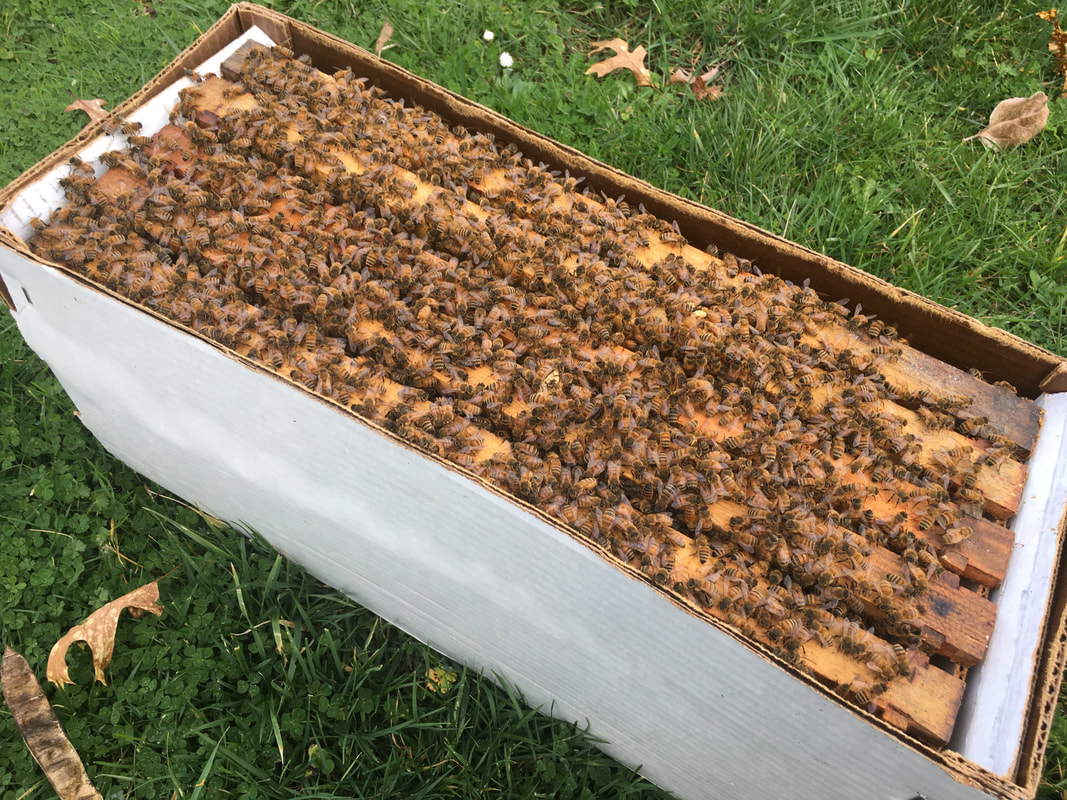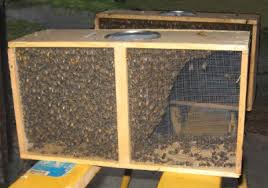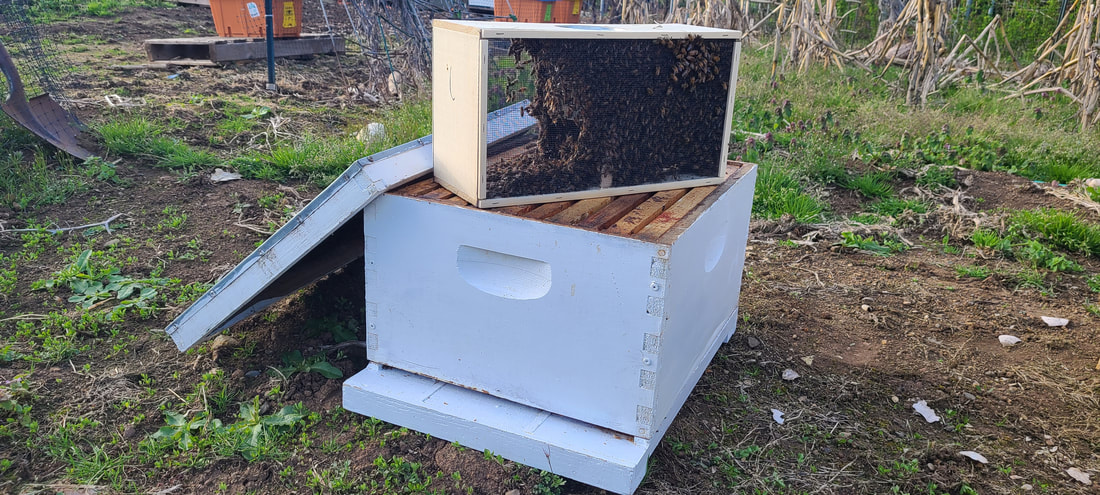|
What's better, a nuc or a package? I get this question at least 50 times a year! My answer? It depends...
Either is a great way to start out your beekeeping journey, or build your numbers on the way to being a commercial operator. It's a hard question to answer because it really depends on you, your equipment and what you want. If you are replacing a dead colony, I suggest a package; your previous colony has done the work of pulling the comb and probably left some honey stores behind. The perfect set up to introduce bulk bees to and watch them grow! If you are starting with new equipment, I suggest a nuc. An established group can start the hard task of making a home out of the bare frames. 5 Frame Nucs
The nuc is a very fast and reliable way to build up colony numbers, or start your first hive. As their population increases, so does your knowledge, confidence and understanding on how to manage them.
If properly cared for, an nuc will grow to a full sized colony and produce a surplus of honey it's first year. Nucs come with 5 deep frames, packed with all stages of brood, eggs, and most importantly, an established laying queen. All frames will have pulled comb, and covered with bees. Nucs are preferred when you are starting a colony with new equipment. Nucs will come with your choice of queen, Italian, Carniolan, or Mite Biter. If no choice is specified, you'll get what ever is most available at the time.
April Nucs will come in wax coated cardboard nuc boxes, You will be refunded $15.00 to return the box in good condition. May Nucs will be housed in cardboard nuc boxes. No refund will be available for them. Please see Nuc Introduction page for transporting and introduction guidelines. 3# Packages
A package of bees is simply is 3-4 #'s of loose bees in a screened wooden box. A mated queen is inside tucked away in her own cage.
The loose bees are placed in your equipment along with the queen in her cage. Packages are preferred when you have pulled comb to introduce them on. Please see 3# Package introduction page for introduction guidelines |



